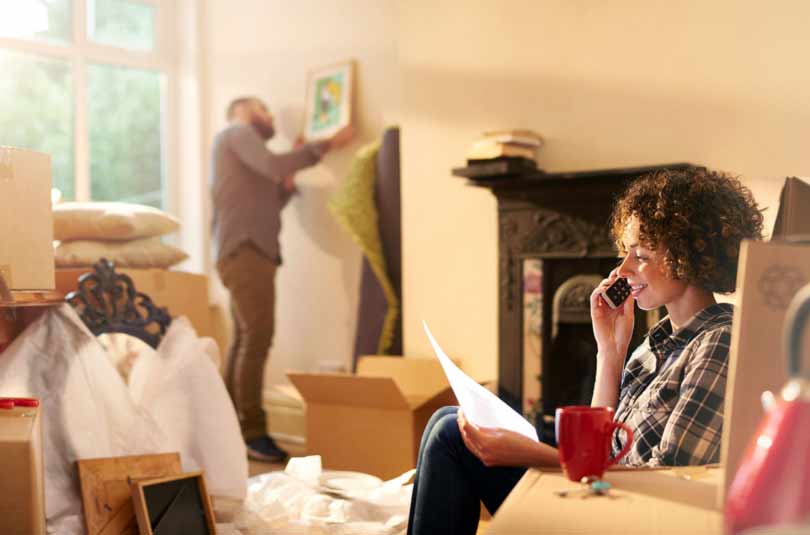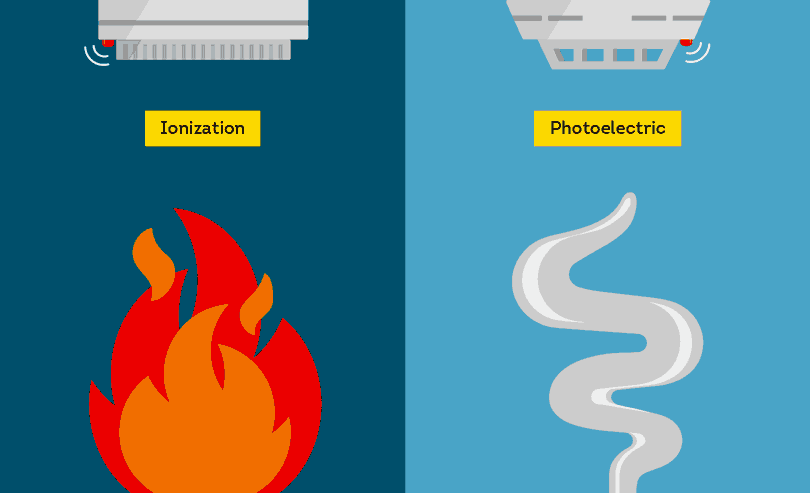Disclosure and Disclaimer
This post only contains educational information. No financial, tax or legal advice.
This information is for educational purposes only and we do not guarantee the accuracy or completeness of this information. This website may contain links to third party websites. We are not responsible for their content or data collection. Trademarks used in this material are property of their respective owners and no affiliation or endorsement is implied. Remember that this material is intended to provide you with helpful information and is not to be relied upon to make decisions. This information does not constitute financial, tax or legal advice and you should consult your own professional adviser regarding your situation.
Any firefighter will tell you that smoke alarms save lives. So will the United States Fire Administration. While it’s indisputable that smoke alarms should be installed in every residence, you may be wondering if it’s your responsibility as a landlord to provide them. Our general guide for landlords on smoke alarms covers the different types of smoke alarms and how to maintain them.
Where should smoke detectors be placed?
The National Fire Protection Association has set codes regarding the placement of smoke alarms. Their standards call for placement inside each bedroom, just outside each sleeping area and on every level of the home (including the basement). If there is a shed or garage on your property where flammable substances may be stored, you should install one there as well.
Drafts can interfere with the operation of a smoke alarm, so you should avoid placing them near windows, doors or air ducts. Kitchen appliances may set off false alarms, so placing alarms a minimum of 10 feet is advised.
Regulations for the installation of smoke detectors vary, so you should check your state and local fire codes.

How to maintain smoke alarms
Once you’ve installed a smoke alarm, you should keep the manufacturer’s instructions and refer to it for maintenance. The U.S. Fire Administration advises that smoke alarms should be replaced every 10 years from the date of manufacture. When you remove it from the wall or ceiling, you can find this date on the back of the alarm. If an alarm with a non-replaceable 10 year battery chirps to warn you that the battery is low, replace the entire unit right away.
As a landlord, you should inspect smoke alarms regularly to make sure they don’t expire to reduce risk of a fire. Smoke alarms should be tested once a month by pushing the test button.
Types of smoke alarms
There are two basic types of smoke alarms: ionization and photoelectric.
An ionization smoke alarm is generally more responsive to flaming fires, and a photoelectric smoke alarm is generally more responsive to smoldering fires. The National Fire Protection Association recommends installing both types of alarms or combination ionization-photoelectric alarms (dual sensor smoke alarms).
For the best protection, they advise installing interconnected smoke alarms. When one alarm sounds, they all sound. This can be done through hand-wiring by a qualified electrician or wireless technology.

Smoke alarms and carbon monoxide detectors can help ensure the health and safety of your tenants. Having a tenant you can trust to test smoke alarms on a monthly basis and to report any issues is important, but you should stay on top of the testing yourself.
Smoke alarms vs carbon monoxide detectors
Due to the danger of carbon monoxide poisoning, many smoke alarms are built to serve a dual purpose and can also detect carbon monoxide. However, carbon monoxide detectors are not built with the capability to detect smoke. Here’s why it’s important to know the distinction between these two types of detectors.
What is Carbon Monoxide?
Carbon monoxide is deadly gas known as the silent killer. Responsible for killing hundreds of people every year, it is a colorless and odorless gas that can easily go undetected. Furthermore, the symptoms of carbon monoxide poisoning such as nausea and dizziness, can oftentimes be attributed to common ailments like a cold. According to Safewise, carbon monoxide can be emitted from many common household appliances including: stoves, ovens, dryers, water heaters and fireplaces.
If you choose to install a carbon monoxide detector in your rental property, remember that carbon monoxide detectors cannot detect smoke. For this reason, you may want to invest in a smoke alarm with a built-in carbon monoxide detector. Whether you choose to install one or the other, be sure to read each product’s description carefully to ensure that you are making the right purchase.
By staying on top of property maintenance you are also ensuring the safety of your tenants, which is one of the most important qualities of a great landlord. For more property management tips, see what the experts are saying in our article featuring property management advice.
Know your applicant.
Additional Disclosure:
For complete details of any product mentioned in this article, visit www.transunion.com. This site is governed by the TransUnion Rental Screening Privacy Policy Privacy Notice located at TransUnion Rental Screening Solutions, Inc. Privacy Notice | TransUnion.



